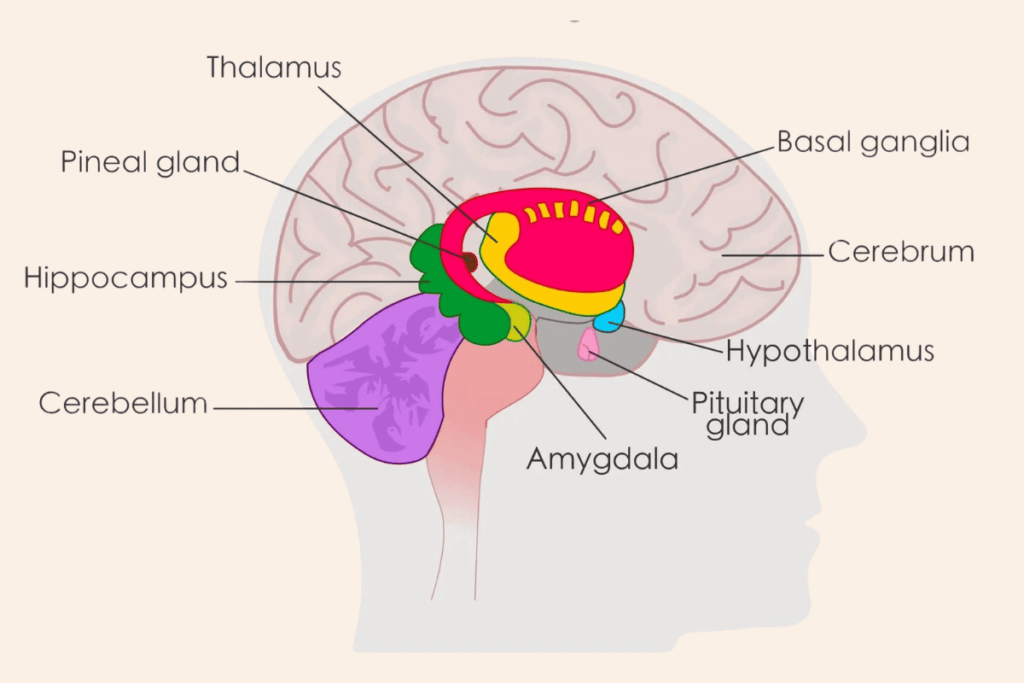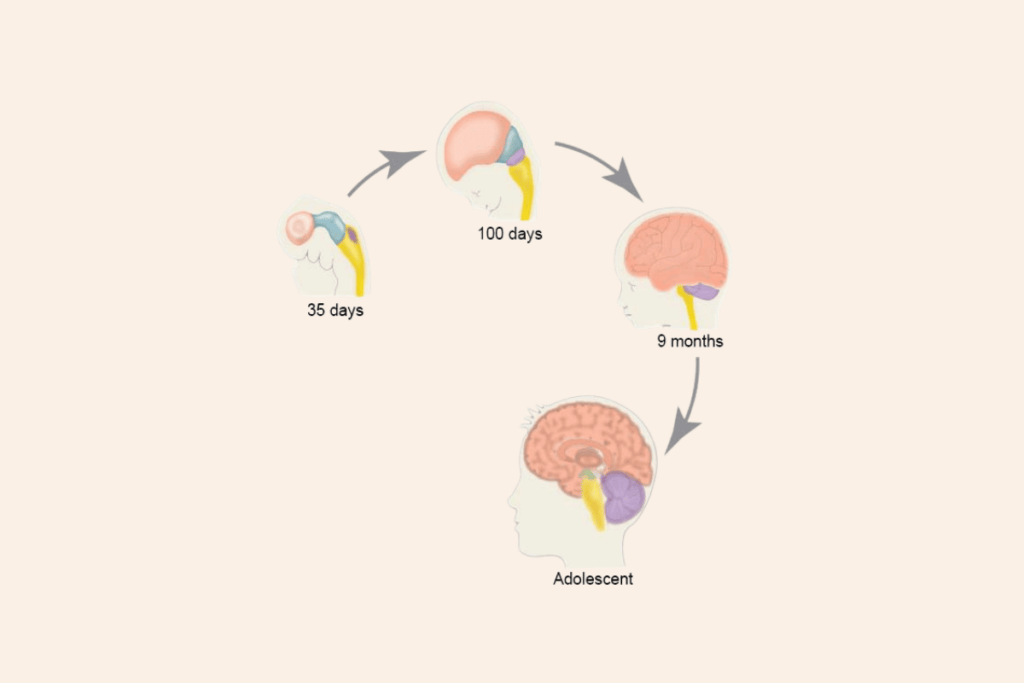Reprogramming your subconscious is one of the most powerful healing tools available. So many coaches, healers and therapists talk about reprogramming the subconscious mind but don’t seem to understand what it is or how it works. Often, people make it seem more straightforward than it is, with no clear evidence proving their strategies work.
So, let’s dive into the subconscious mind!
Your Subconscious Database
Simply put, your subconscious mind is the database that stores and shapes your thoughts, beliefs, and actions based on past experiences. This database holds your interpretations of events and accordingly influences your actions in the present. Your subconscious has one job—to keep you alive, which often requires keeping you safe.
It is also the storage unit for your past actions and reactions, which it uses to determine present actions and reactions.
For example, your subconscious will decide that based on an event in the past, if a similar event is occurring in the present, you will be encouraged to react in a way that kept you safe or resulted in a “success” the first time (regardless of it being “good” for you or not). This is why many people resort to addictions—when emotions become overwhelming, addictions dull and reduce pain (soothing method).
Since the subconscious mind controls 95 percent of your life experiences, the subconscious mind influences most of your daily decisions, actions, emotions, and behaviors.
While your conscious mind is aware of only a tiny fraction of the information processed by your brain, the subconscious mind is constantly at work, shaping your reality and guiding your every move.
Your subconscious always speaks to you, showing you the secrets it holds. It’s your job to pay attention.
Your Subconscious Hardware: The Limbic System

The limbic system is deeply involved in emotional processing and memory, particularly the formation of memories related to emotions. The primary function of the limbic system is to process and regulate emotion and memory while also dealing with sexual stimulation and learning. Behavior, motivation, long-term memory, and our sense of smell are also housed in the limbic system.
The parts of the brain that make up the limbic system include:
The Amygdala
This small, almond-shaped structure is located in each of the left and right temporal lobes. Known as the brain’s emotional centre, the amygdala is involved in evaluating the emotional valence of situations (e.g., happy, sad, scary). It helps the brain recognize potential threats and helps prepare the body for fight-or-flight reactions by increasing heart and breathing rates. The amygdala is also responsible for learning based on reward or punishment.
The Hippocampus
Deep in the temporal lobe, the hippocampus is shaped like a seahorse and consists of two horns curving back from the amygdala. Psychologists and neuroscientists dispute the precise role of the hippocampus but generally agree that it plays an essential role in forming new memories about past experiences. It is critical for memory formation because it helps convert short-term memories into long-term memories, a process that can occur without our conscious awareness.
The Thalamus and Hypothalamus
Both the thalamus and hypothalamus are associated with changes in emotional reactivity. The thalamus (sensory “way-station” for the rest of the brain) is primarily important due to its connections with other limbic-system structures. The hypothalamus is a small part of the brain located just below the thalamus on both sides of the third ventricle. Lesions of the hypothalamus interfere with several unconscious functions (such as respiration and metabolism) and some so-called motivated behaviors like sexuality, combativeness, and hunger. It acts as a relay station for sensory and motor signals to the cerebral cortex, except for the olfactory (smell) signals. It also controls sleep and awake states, which are integral to the subconscious processing of information.
The lateral parts of the hypothalamus are involved with pleasure and rage, while the medial part is linked to aversion, displeasure, and a tendency for uncontrollable and loud laughter.
Basal Ganglia
Involved in controlling voluntary motor movements, procedural learning, routine behaviors or habits, and emotion, the basal ganglia play a significant role in forming habits and behaviour patterns that operate below conscious awareness.
Reticular Formation
A network of neurons located throughout the brainstem that plays a crucial role in controlling arousal and consciousness. It helps regulate the transition between awake and asleep, where subconscious processing occurs.
Subconscious Software: Brainwaves

To truly reprogram the subconscious mind, you must be in a lower brainwave state to access and change it. Because the subconscious can only be reprogrammed from this lower-level state, most of the recommendations you find online won’t actually work. Or if they do, they must be repeated for extended lengths of time, which requires intense patience and discipline.
Brainwave states:
Gamma: Intense concentration and learning
Beta: Problem-solving & engaging
Alpha: Relaxing & recharging
Theta: Dreaming, “auto-pilot” states, learning, hypnosis & meditation
Delta: Deep, dreamless sleep
Gamma – Alpha: conscious
Theta – subconscious
Delta – unconscious
Brain Development

Our limbic system is the part of the brain that develops first in the womb. When we are children, this is also the part of the brain we use the most.
This is why so much of our trauma or limiting beliefs are linked back to childhood. It’s also why children are so creative and able to access past lives and have stronger psychic abilities. We can access this “back brain” where our creativity and intuition live. Children also operate from a much lower brainwave frequency. Better learning and processing occur in theta state.
At age 7, your prefrontal cortex develops, and you start working on logic and analysis. Your personality is created from this higher brainwave state (beta & gamma). This can also be called “consciousness” when you develop a sense of identity. It’s why we’re so different from all other species and why scientists can’t explain how we evolved into the species we are today.
If you look at the archaeological record, our brain development changed rapidly over 50,000 years, whereas other species haven’t changed so much. Scientists initially thought this was strictly due to our prefrontal cortex, but this is no longer true. They’ve determined that our connection between the two parts of our brain and how they communicate has allowed us to evolve our consciousness rapidly.
The limbic system functions to facilitate memory storage and retrieval, establish emotional states and link the conscious, intellectual functions of the cerebral cortex with the unconscious, autonomic functions of the brain stem.
The Difference Between Conscious, Subconscious & Unconscious
Sigmund Freud can be attributed to identifying these three classifications, and while they do sound similar, they are very different in how they behave and relate to each other.
Conscious – defines all thoughts and actions within our awareness—for example, the beauty and pleasure of the smell of a red tulip. The prefrontal cortex, where analytical, logical and rational thought occurs, supports conscious thought.
Subconscious – defines all reactions and automatic actions we can become aware of if we think about them. For example, our ability to drive a car: once we get skilled, we stop thinking about which gears to use, which pedals to press, or which mirror to look at, yet we can always become aware of what was done once we think about it. The limbic system supports the subconscious mind.
Unconscious – defines all past events and memories, though sometimes inaccessible to us no matter how hard we try to remember to bring things up. For example, many early childhood events can only be recalled during hypnosis or deep meditation.
I have found, after many years of hypnotherapy, that the subconscious database and the unconscious do overlap. I consider body functions such as digestion, heart rate and other autonomous actions to be more unconscious. These, of course, can be influenced by the subconscious mind due to emotions such as stress.
Conclusion
As our understanding of the mind deepens, we continue to uncover new insights and unlock the limitless potential within us. The subconscious mind is key to shaping our thoughts, beliefs, and actions, ultimately influencing our lives.


